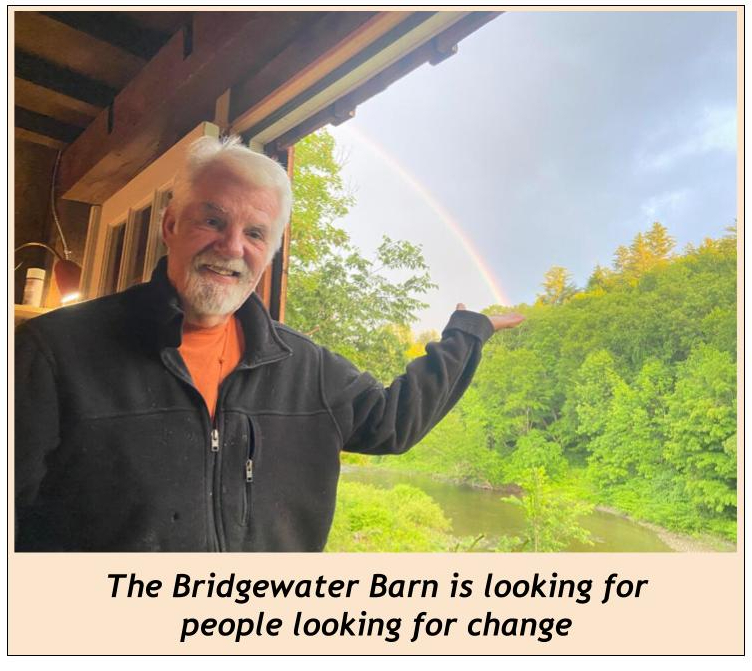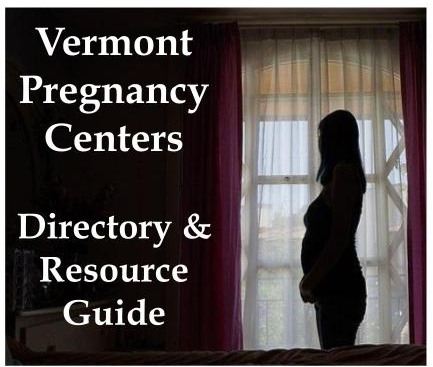by John McClaughry
Periodically, it seems, concerned citizens of Vermont gather to revive the idea of creating an inspiring Vision for the state’s future. Last month the largely federally-funded Vermont Council on Rural Development released the draft of its “Vermont Proposition”. It draws on the ideas, they claim, of thousands of participants at 22 “rural summits” around the state.
The draft document addresses the question: “What do Vermont and our communities need to start to do, and to stand for, now and over the next 3 years of action, to build a successful future for the next generation of residents, and for a sustainable, prosperous and unified Vermont in 2050?”
It’s worthwhile to review the two most recent previous efforts to declare what Vermont should do and stand for, that somebody should make happen.
In 1970 Act 250, the Land Use and Development Act, announced the imperative of a adopting a State Land Use Plan, to make sure that development, if allowed at all, would occur only in places and under conditions permitted by the State Environmental Board.
After four years of bitter political combat, the third and feeblest version of the State Land Use Plan disappeared from view in the Senate. Eight years later the legislature quietly removed from the statute books the by-then obsolete requirement that there even be a State Land Use Plan.
In 1987 liberal Democratic governor Madeleine Kunin had another run at it. She appointed a Commission on Vermont’s Future, chaired by the former head of President Carter’s Environmental Protection Agency. This important person had settled in Vermont earlier that same year, and the governor seemed to think he was well suited to advise Vermonters on their state’s future.

“Imagine what you would get if you assembled a dozen of the most high-minded, most sincere, most politically correct liberals in the state, who as liberals are not at all hesitant to use the power of government to make sure everyone falls in line with the grand Vision. You would expect them to produce something very much like the Vermont Proposition.”
– John McClaughry
The new Plan, stitched together from regional plans, would herald a “new planning era”. It would be, Gov. Kunin ominously declared, “uniform in standards, specific in requirements, and tough on delinquents.”
What emerged from the legislature to become Act 200 of 1988 contained little overt regulation, but the mere specter of a state land use plan moved citizens to organize some 134 meetings in towns around the State. Of these, 125 voted against Act 200, not a few unanimously. That, and ameliorating legislation passed the next year, rendered Gov. Kunin’s effort a forgettable victory.
Now comes VCRD’s Vermont Proposition, again announcing that Vermont is at a “defining moment” requiring adoption of a “common vision” followed by “bold action.”
For the moment, let me offer a few cautionary observations on the 26-page draft.
To be fair about it, the document is well written, earnest, sometimes cogent, and in places inspiring. Imagine what you would get if you assembled a dozen of the most high-minded, most sincere, most politically correct liberals in the state, who as liberals are not at all hesitant to use the power of government to make sure everyone falls in line with the grand Vision. You would expect them to produce something very much like the Vermont Proposition.
Like most Vision documents, it is chock full of “we” at the front end of a long list of verbs, such as encourage, stimulate, empower, combat, protect, expand, nurture, and modernize. Exactly who or what is going to produce the desired outcomes is left for future explanation.
The document seems to assume that many of these outcomes that “we” need to pursue do not require the deployment of money. That’s unlikely. For example, the document calls for a new “War on Poverty”. That was tried, nationally, and it cost taxpayers untold billions of dollars without having much effect on income inequality.
The Vision’s authors celebrate our proud tradition of participatory democracy, but by page 19 they have discovered the urgent need to create unelected regional governments and an all-powerful State Planning Office that “would be responsible for statewide community and economic development and land use plans on a five year planning cycle.” Administrative State 1, Democracy 0.
And then this: “Climate change… left unaddressed, will produce catastrophic impacts on communities, states and ultimately on world civilization… the existential threat of our time.” This assertion is followed by a parade of approaching terrors.
“Working with the nation, the region, or alone, Vermont should institute a carbon price or cap and trade system at a scale to change consumer behavior and produce revenue to invest in enterprises that produce clean energy and reduce greenhouse gas emissions.” It doesn’t seem to occur to the authors that if their “carbon price” (i.e., tax) significantly reduces carbon dioxide emissions, it won’t yield much revenue to subsidize their favored climate-friendly enterprises.
In a future column I’ll examine some of the more startling prescriptions and omissions of the Vermont Proposition. (The Vermont Proposition draft can be found online at futureofvermont.org).
303030
John McClaughry is vice president of the Ethan Allen Institute (www.ethanallen.org)
Categories: Commentary






John
I especially like your conclusion that by eliminating so much and instituting a big carbon tax that there won’t enough income producing aspects of life left to pay to pay the carbon tax. Hidden here is to endorse Biden’s push for allowing multi family Federal overrides as mentioned by Mr Mazur in another opinion letter.
Multi family Federal overrides…….EXCEPT where Biden & the democrat elites live. All the rest of us will suffer the immense, deleterious consequences.
Comrades. We must all understand, as citizen of the collective, that private property rights are not permitted!